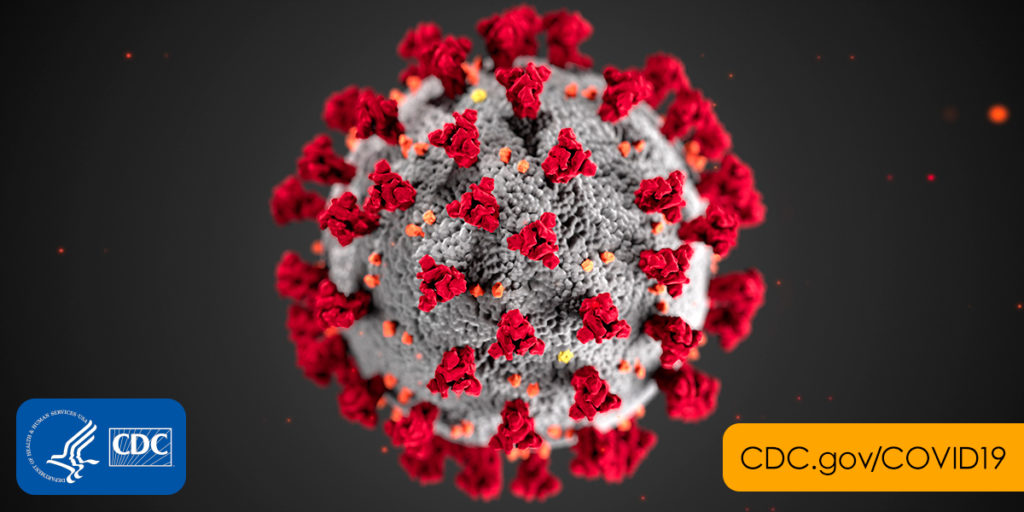
No one likes uncertainty. And right now, under the shadow of the coronavirus, volatile financial markets, and a fractured political landscape, uncertainty and its accompanying fear and doubt abound. The future always is unclear, but a lack of clarity tinged with high anxiety makes it hard for companies and organizations to know what to do.
We’re scared. We don’t want to sit around. We want to do something to feel like we have some control over our lives and our fortunes. In times like this, communication is critical. Done well and effectively, it can help us soldier through. Done poorly, it can throw gasoline on the fire to create full-blown panic.
It’s never too late to undertake crisis communications planning to detail how your organization will communicate with stakeholders over the coming weeks and months. Here are a few tips.
Identify a crisis management team. It is essential to know the people within your organization who can best respond to and manage a crisis that may occur. Typically, this team would include your CEO or Executive Director, head of public relations or corporate communications, CFO, legal department and senior managers of various functional areas. This team might also include your board chair or another key member of the board. Designate a point person for the team—perhaps the public relations director or another senior manager, who will be responsible for activating and coordinating the team. Create a list of home and cell phone numbers of all members of the crisis team as critical decisions have to be made at off hours. Make sure everyone has that list.
Stay calm. During stressful times, our emotions take over, making it challenging to think clearly. It’s important to step back and take a deep breath so you and your team can tackle the situation.
Create a plan. Determine procedures for how you will gather information, mobilize and communicate with staff, and formulate a response and take action. The plan should include strategies for how you will communicate with key stakeholders, from customers/clients to investors/funders, to federal and state agencies, to partners to the media. Write the plan down (though don’t make it overly complicated) and make sure key players all know and understand it.
Identify Trusted Sources of Information. During a crisis it’s important to ascertain actual risk from perceived risk. Make sure you have access to credible, reliable information from reliable sources, such as the Centers for Disease Control (CDC), National Institutes of Health (NIH) and local and state health agencies. Counter misinformation and rumor quickly. Identify people within your organization who are trusted and respected who can deliver messages and help diffuse rumors.
Marshal resources. Think about the resources you have and what you might need. If you think you may need to institute a company-wide telework policy, now is the time to make sure you have the IT platforms to make that happen. If you work with outside PR, legal or HR counsel, make sure they are part of the crisis planning and solicit their input and ideas.
Designate a key spokesperson, as well as back-ups, and make sure that they are armed with agreed-upon talking points and background information. You must send consistent messaging, which is why it is essential to have designated spokespeople who are trusted by your internal and external stakeholders. Spokespeople typically may include the CEO/executive director or COO and the head of Communications or Public Relations. Other spokespeople could include a member of the board or a senior level department head or program officer.
Plan for all scenarios. Identify the various kinds of situations and “what-ifs” that could arise for your company or organization. While a crisis is unfolding, the situation and responses will evolve and shift. Plan for best- and worst-case scenarios. No one wants to think about the worst, but if you fail to do so, the situation will become even more damaging to manage.
Be committed to sharing information quickly and honestly. It is essential during a crisis that your organization not hide. That does not mean rushing to share unsubstantiated information—that’s irresponsible and will do more damage. It does, however, mean getting out there and letting people know you are working to address the crisis, sharing what information you have and letting audiences know what the next steps are. If you do have negative information, it’s better coming from you, rather than from others.
Be human. While addressing the facts, specific actions, etc. don’t forget to be human. Let your internal and external stakeholders know you care deeply about their health and wellbeing. Don’t sugarcoat the situation, do acknowledge the stress and concerns, but at the time remind folks that we are all in this together and will get through it.
To quote FDR, “the only thing we have to fear is fear itself.” Having a clear strategy for crisis management lets you and your stakeholders get past the fear and move on to appropriate action.

